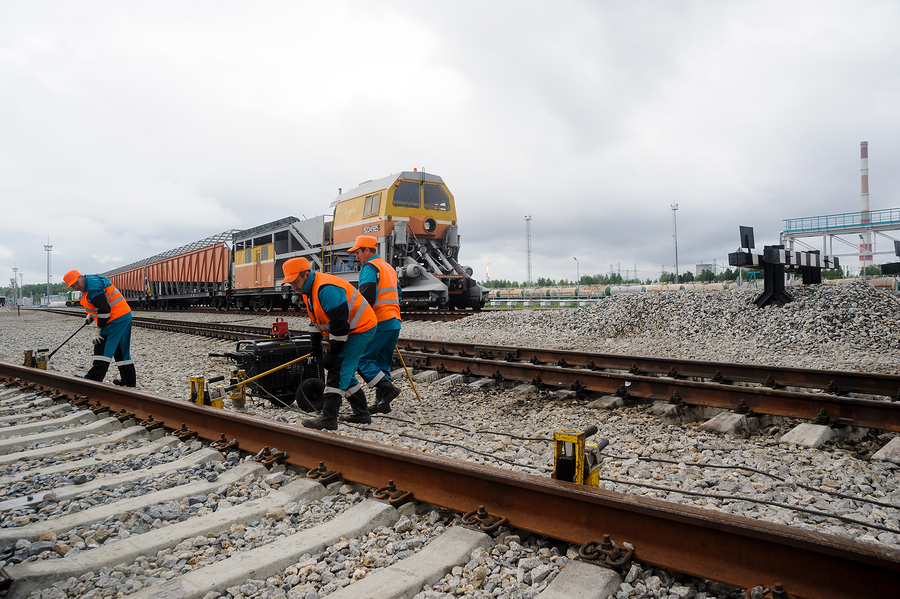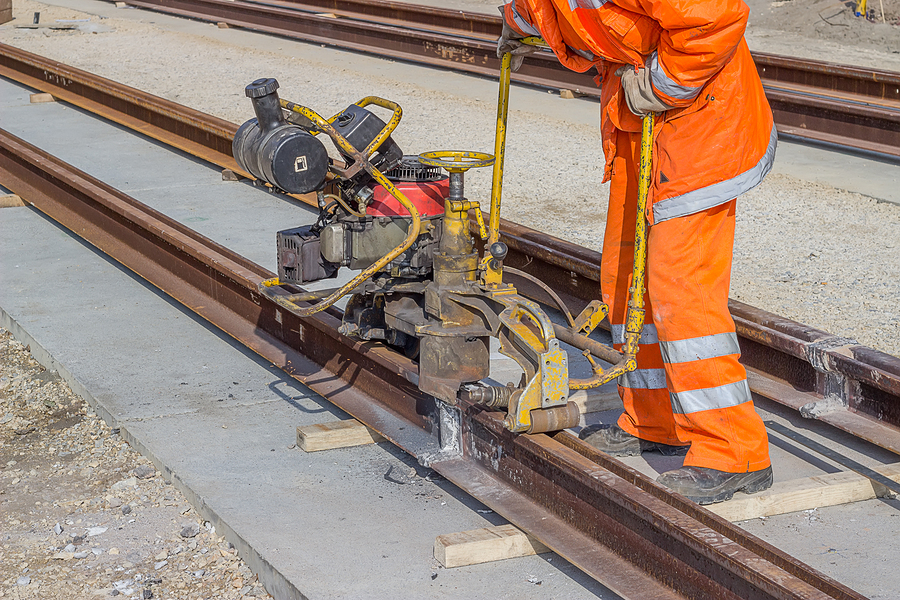RAIL WORKERS
Do your employees need medicals for the rail industry?
Anyone wanting to work in the rail industry needs to get rail medicals. This means employees and contractors need to pass a health assessment. If a worker passes their assessment, they’ll get a Rail Industry Worker card (RIW). There are 3 categories of rail medicals for staff. All of the categories have a few standard tests in common including:
VISUAL – AUDITORY – BASIC MOBILITY
Category 1 and 2 require more tests. The highest level of testing is category 1. The medium level of testing is category 2. The most basic level of testing is category 3. Rail workers also need to have a health and fitness management plan to be employed in the industry.

Category 1 – rail medical
A category 1 is the most comprehensive rail medical test. It’s critical that employees in this category meet a strict standard of health. If a worker becomes incapacitated, it affects the public and the rail network.
The tests unique to category 3 include:
- ECG heart test
- Cholesterol and glucose test
- Health questionnaire
- Drug and alcohol test
Category 2 – rail medical
A category 2 rail medical is a step down from the top level. Employees in this category perform job roles around the public. But their activity doesn’t directly affect public safety. In the event of a sudden health issue, the rail network and public won’t be affected. But category 2 team members still need to maintain their health to remain employed.


Category 3 – rail medical
A category 3 rail medical is the most basic level of testing. Workers in this category generally don’t interact with the public at all. They tend to work as contractors around the railway tracks. However they still need to meet the basic category 3 requirements. Category 3 are the most straightforward and quickest series of tests to complete.
Category-wide rail medicals
There are some standard tests that occur across all 3 categories of rail medicals:
Visual
The rail network is run on visual systems. Such as rail traffic lighting, flag signals as well as the travelling public. When you’re taking a visual test it’s much the same as a regular visit to the optometrist. Remember to take your glasses or any other visual aids with you on the day.
Auditory
There are all kinds of auditory based tasks in the rail network. Things like public announcement systems and other audio in the workplace.
You need to be able to hear at a certain level of decibels to work with a rail network. This means you’ll be required to take an auditory test to check your hearing level.


Category 3 – rail medical
Basic mobility
To be a rail worker you need to be able to perform basic body movements. This means your fitness level needs to demonstrate basic mobility. You’ll need to be able to show the ability to do things like bend, stretch, and squat.
Do your job candidates need rail medicals? Work Safe Occupational Medicine is a one stop occupational health service for employers. The director, Dr Tersia Erasmus services Browns Plains in Brisbane and the Gold Coast. Dr Tersia Erasmus has over 20 years experience in healthcare. For flexible appointments, clear communication and quick turnaround time… Contact Dr Tersia Erasmus on [phone] to make an enquiry.
Book an Appointment
Work Safe Occupational Medicine is a one stop occupational health service for employers. Having over 20 years experience in healthcare, your in the right hands with us. For flexible appointments, clear communication and quick turnaround time, contact us today and secure a time which works best for you.


